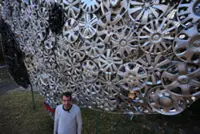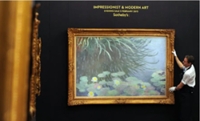At the Art Hospital, the public can watch how the National Art Gallery staff repair and restore masterpieces and artworks from the national collection. Photo: National Art Gallery
After being closed since August 2020 for renovation, the National Art Gallery in Kuala Lumpur reopened its doors to the public in June this year.
This was a celebratory affair as not only were four exhibitions launched at the same time – including the national permanent collection show Nusa – but the Young Contemporaries Awards, or Bakat Muda Sezaman (BMS), 2021 winners, were announced then.





